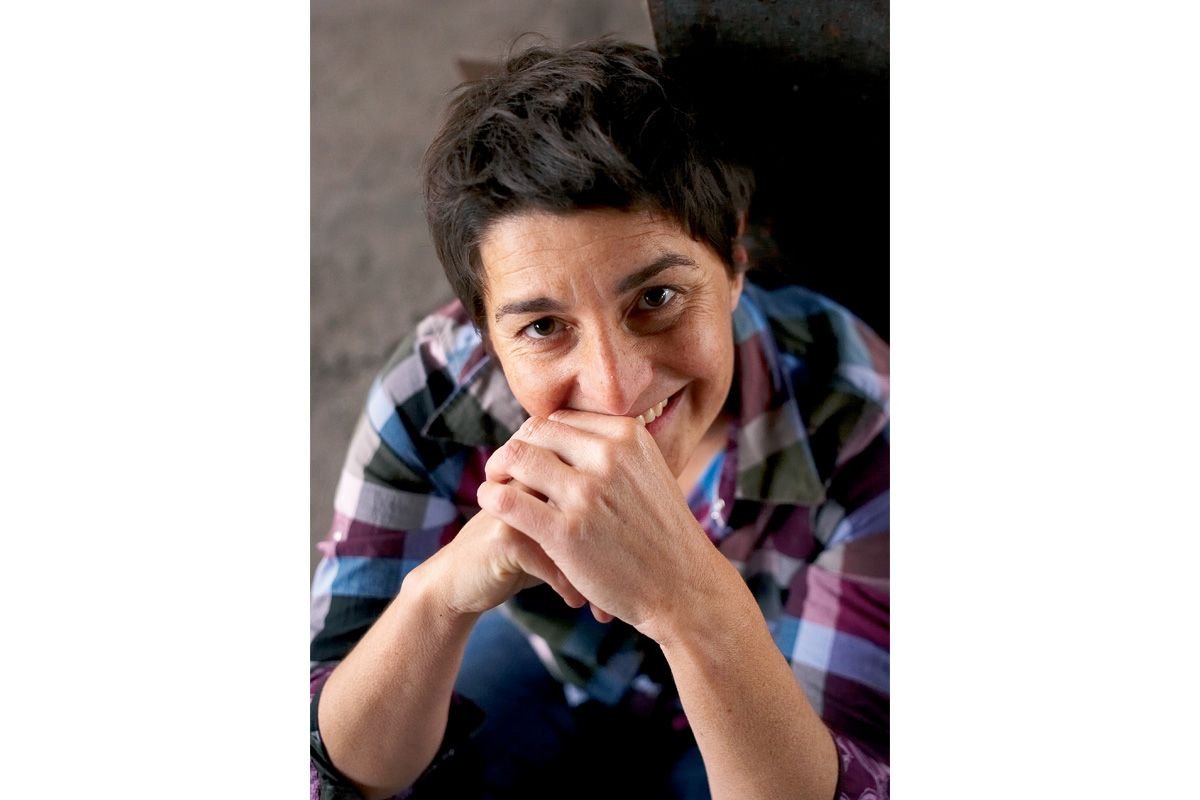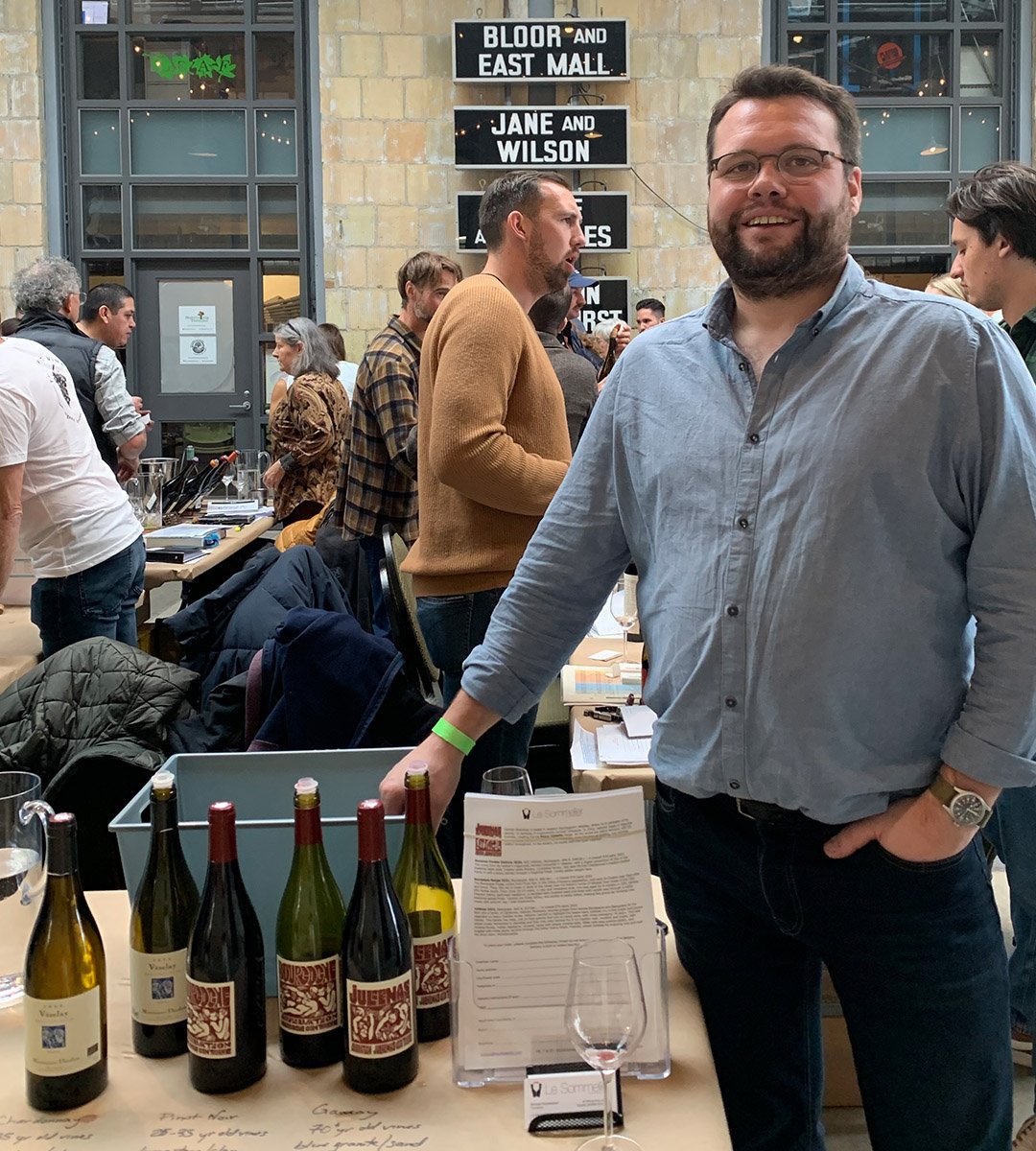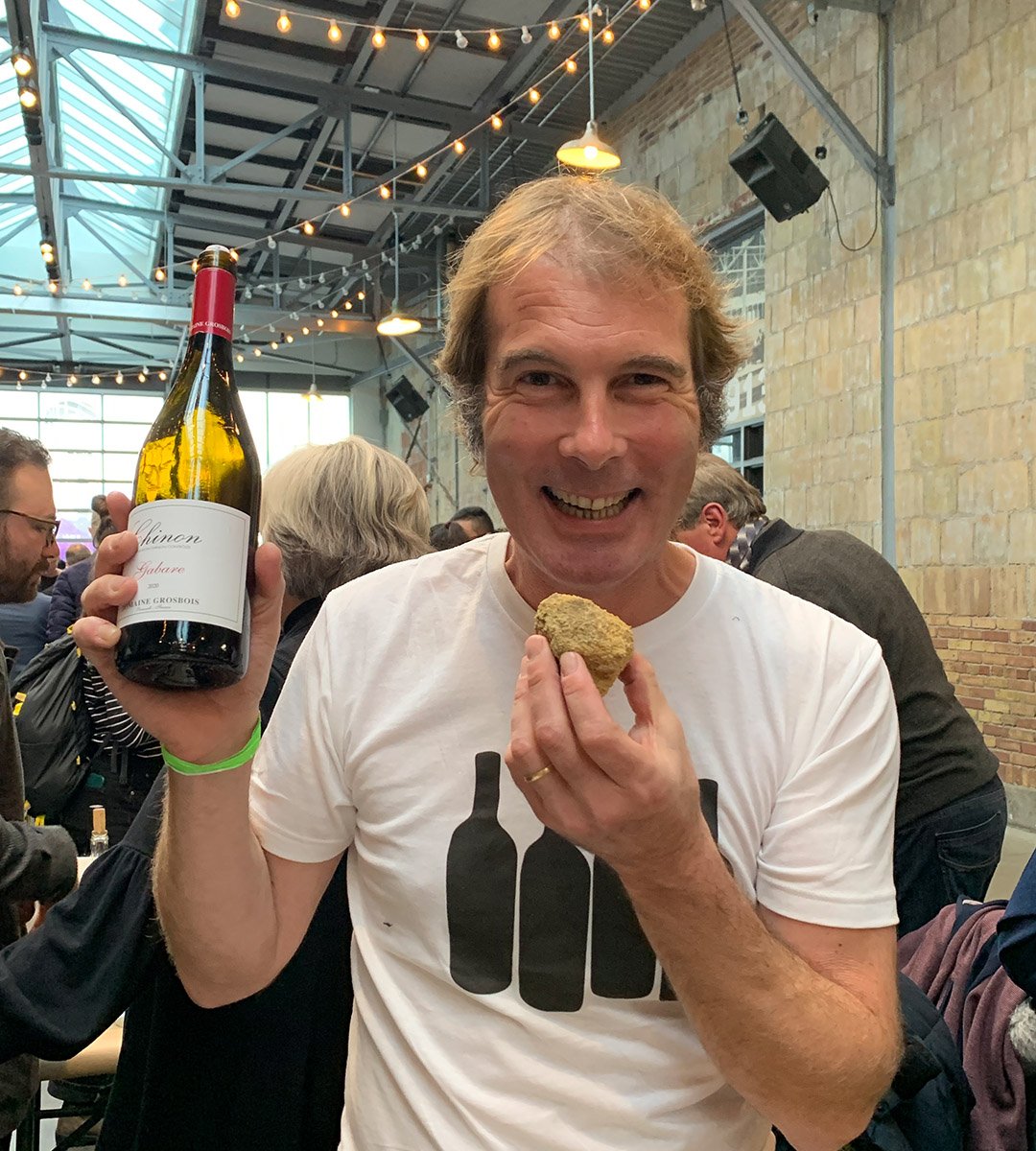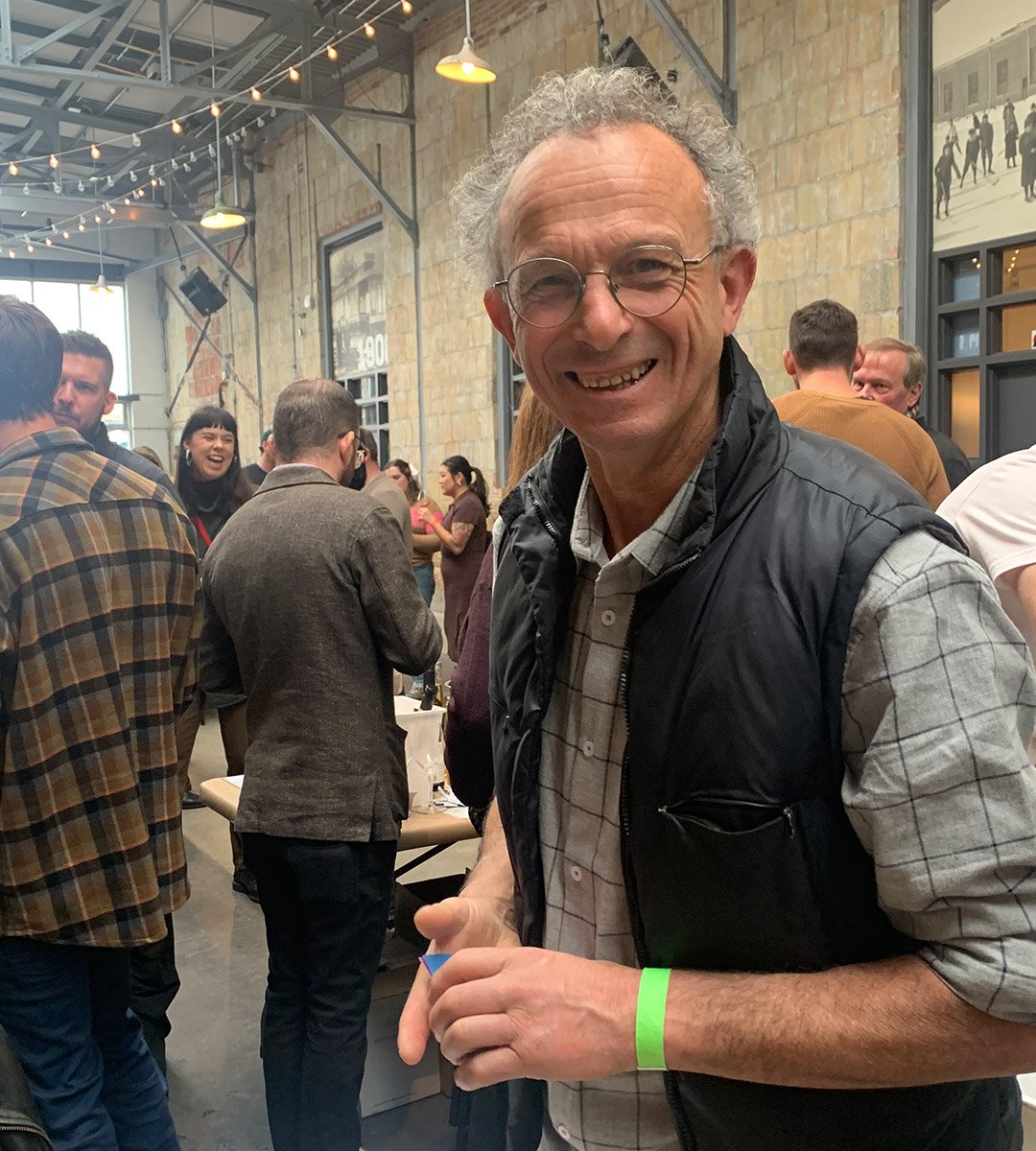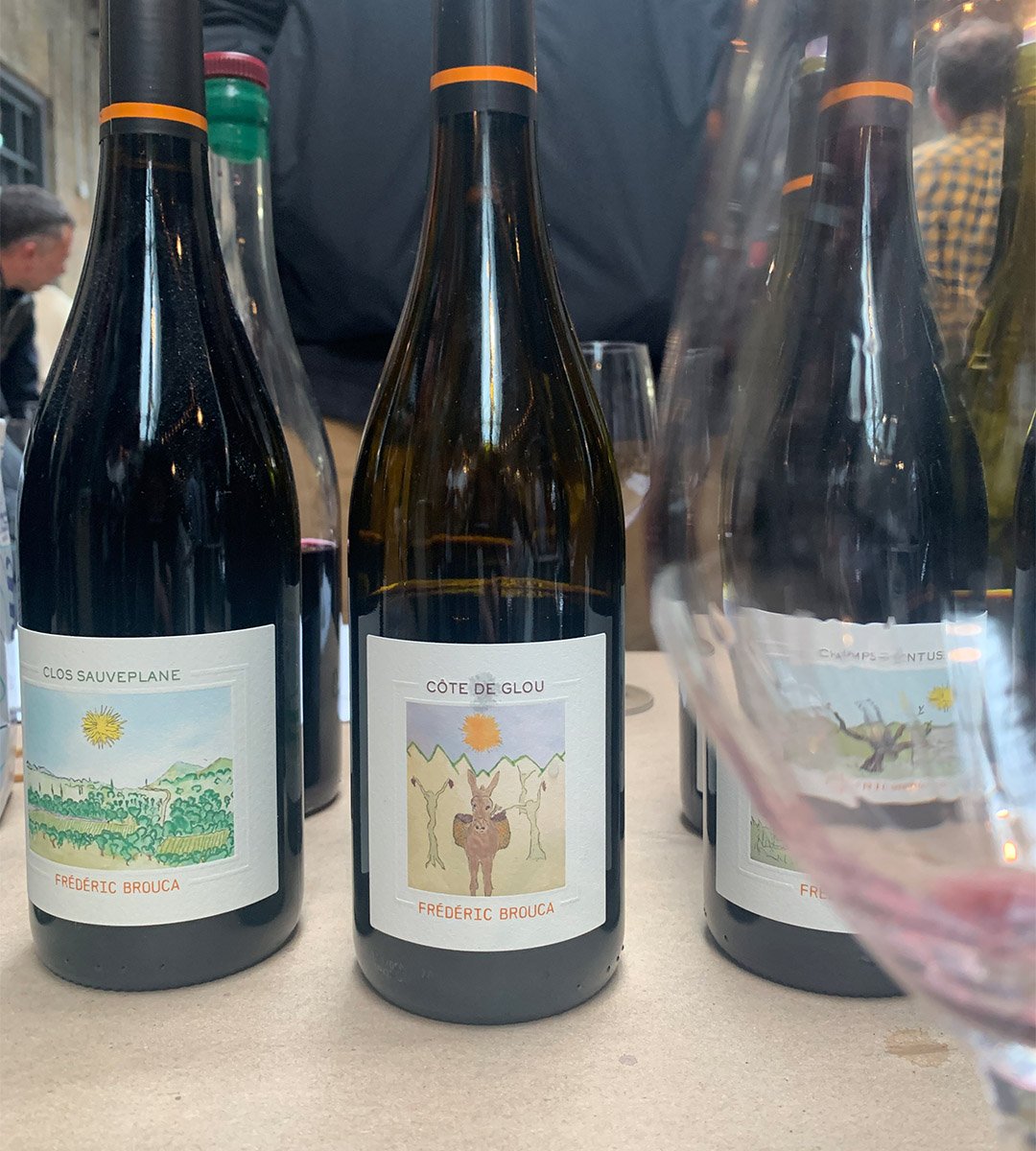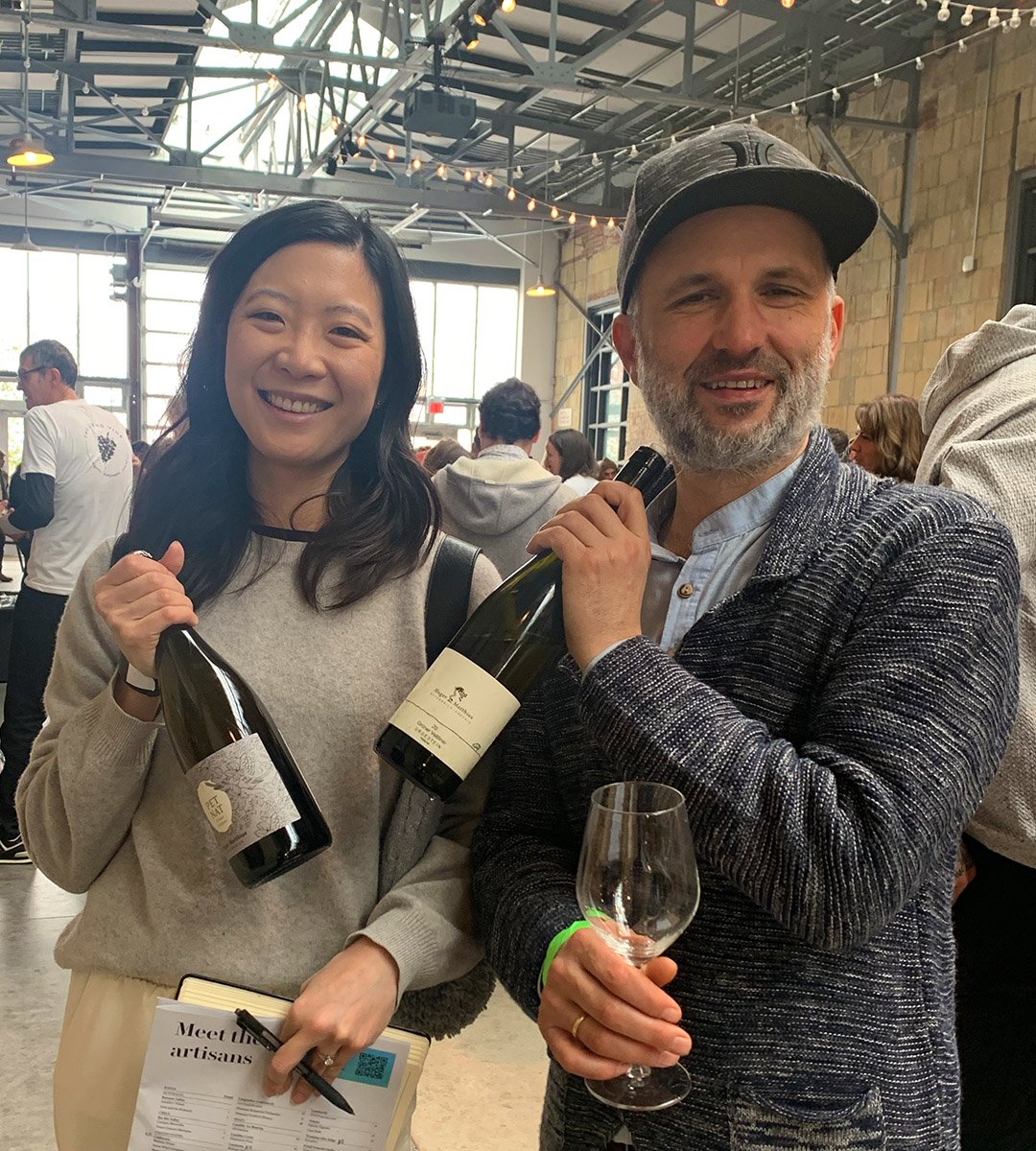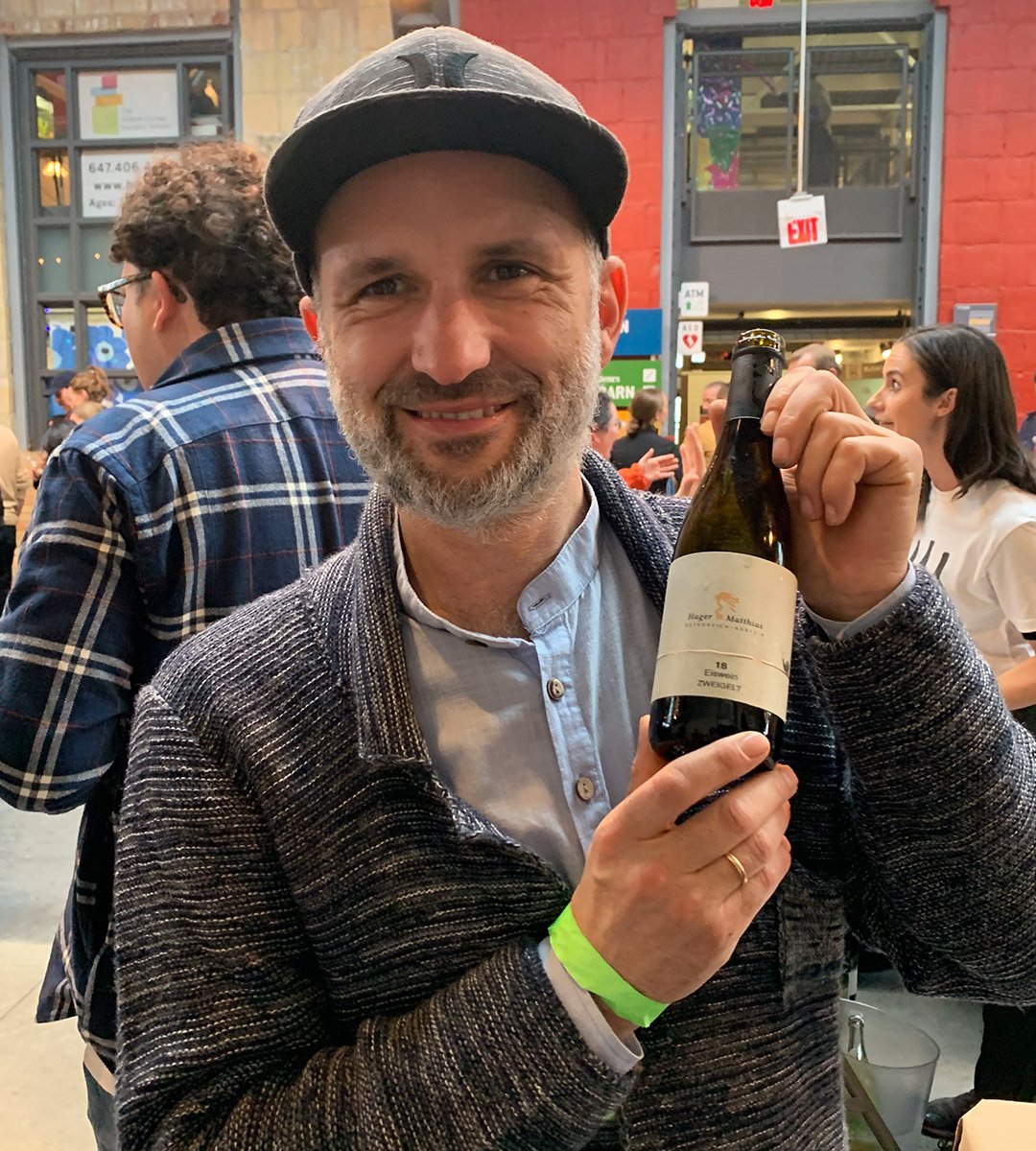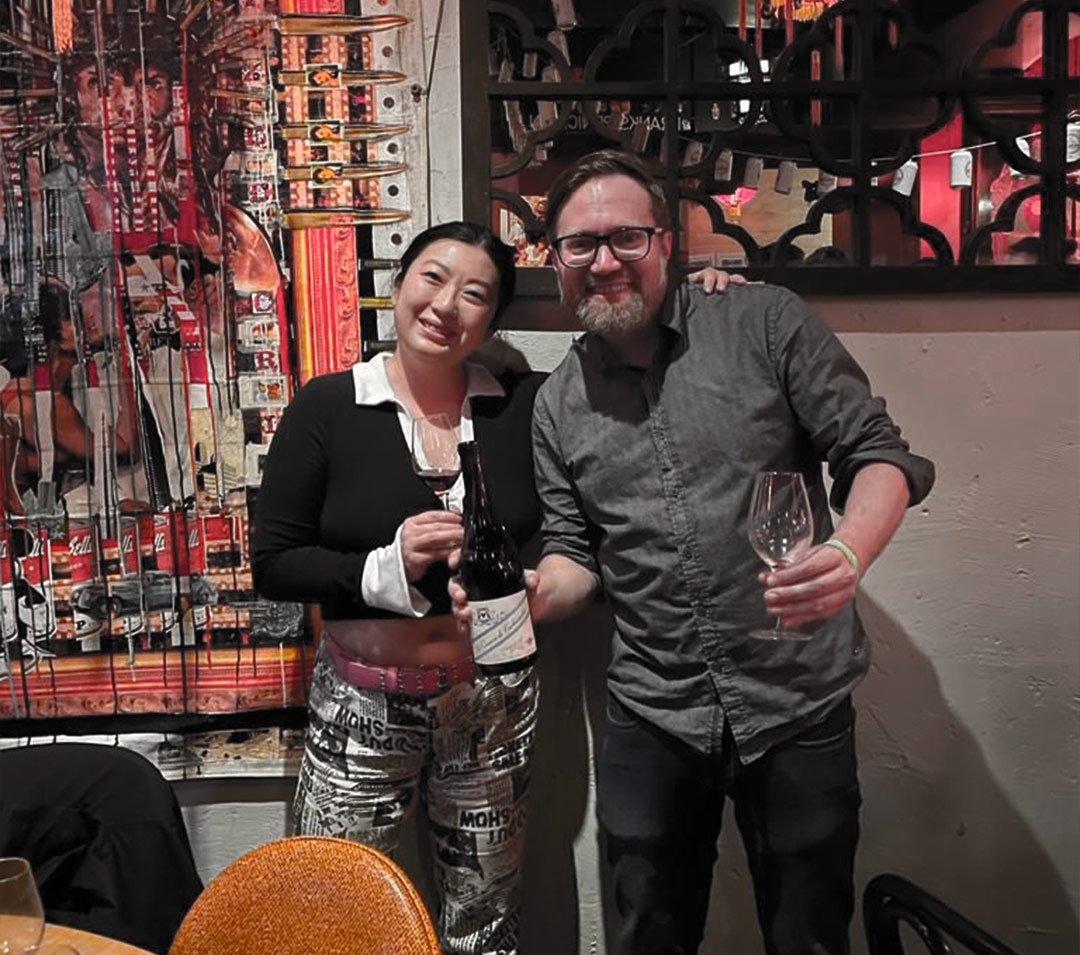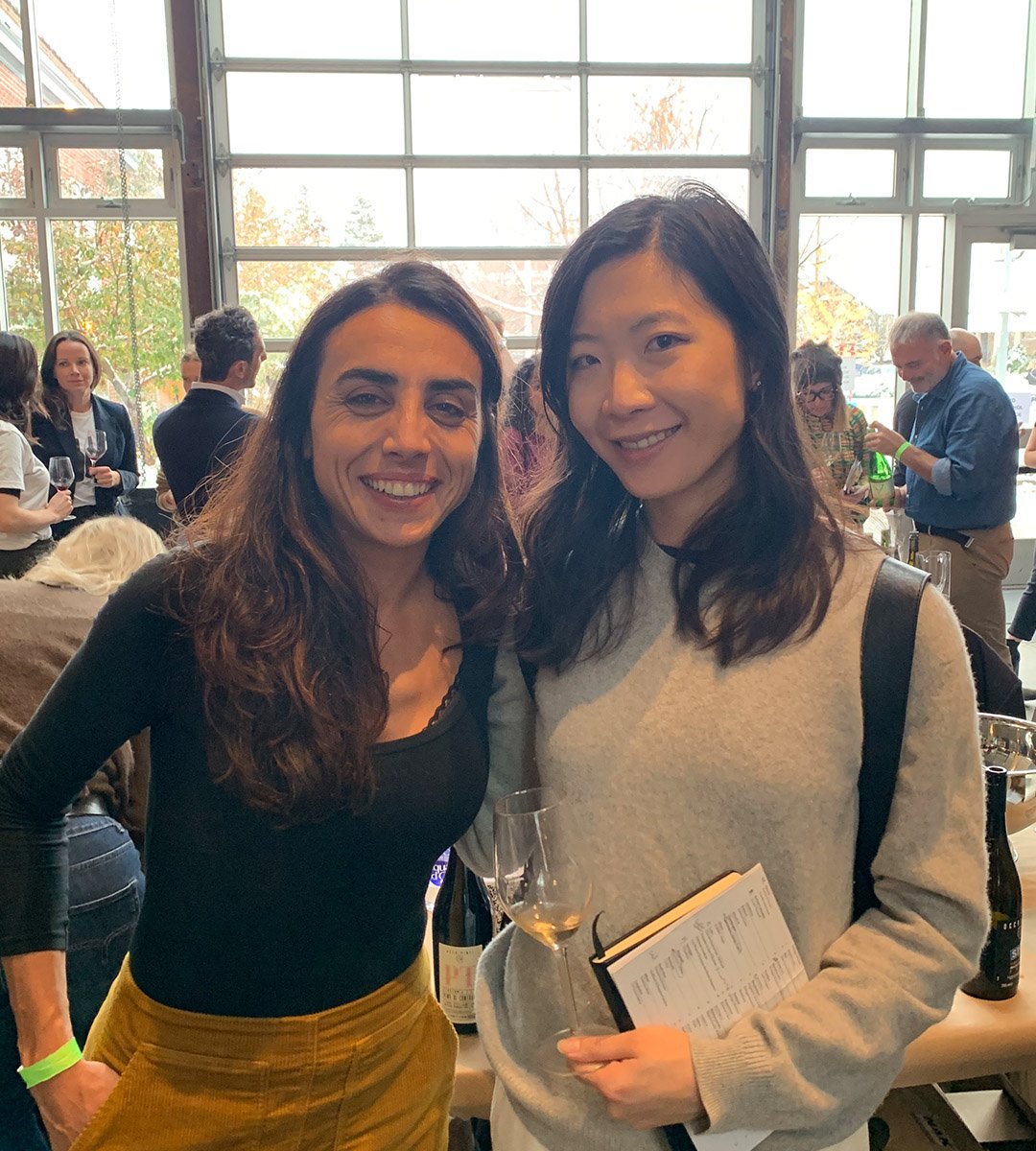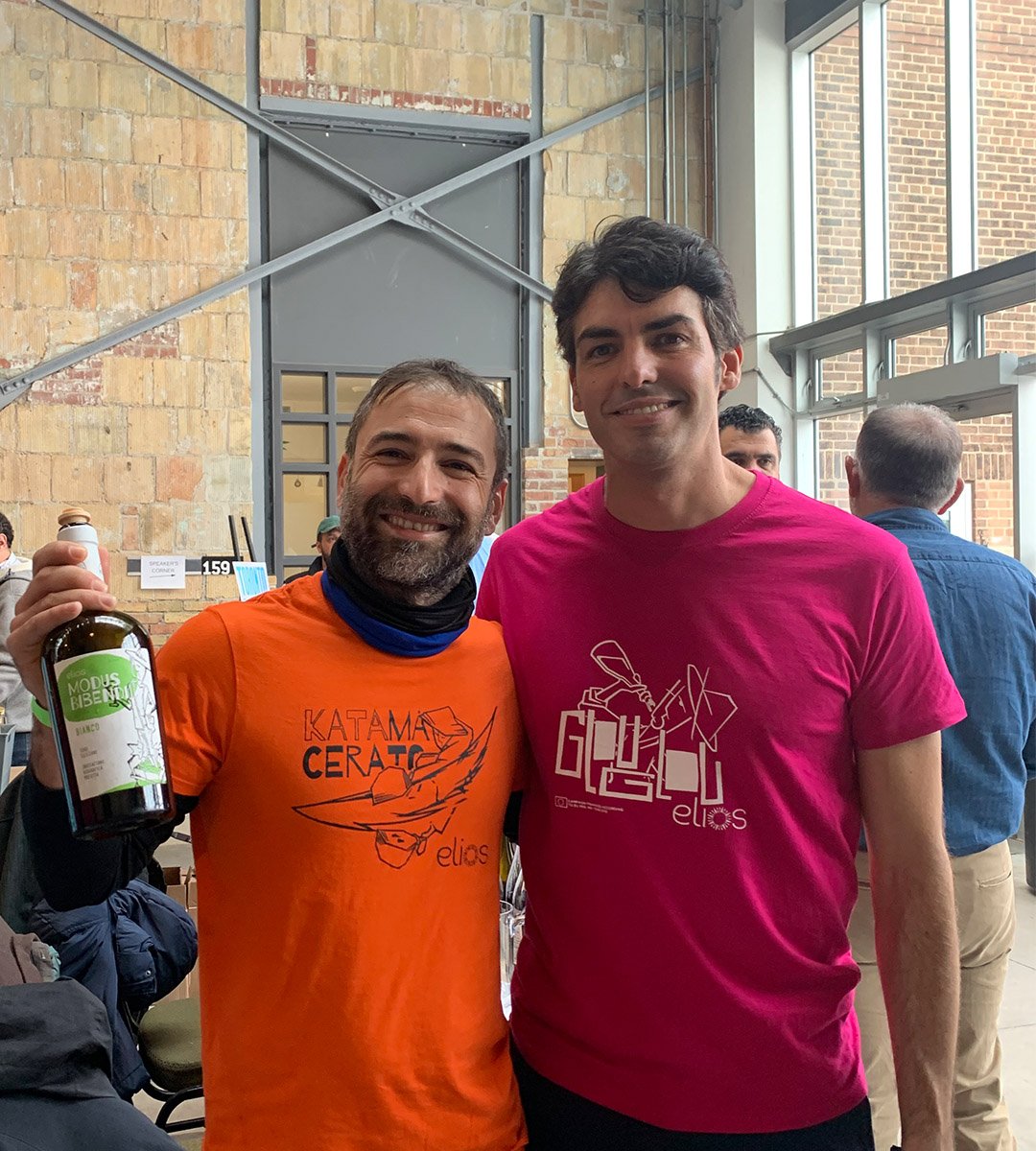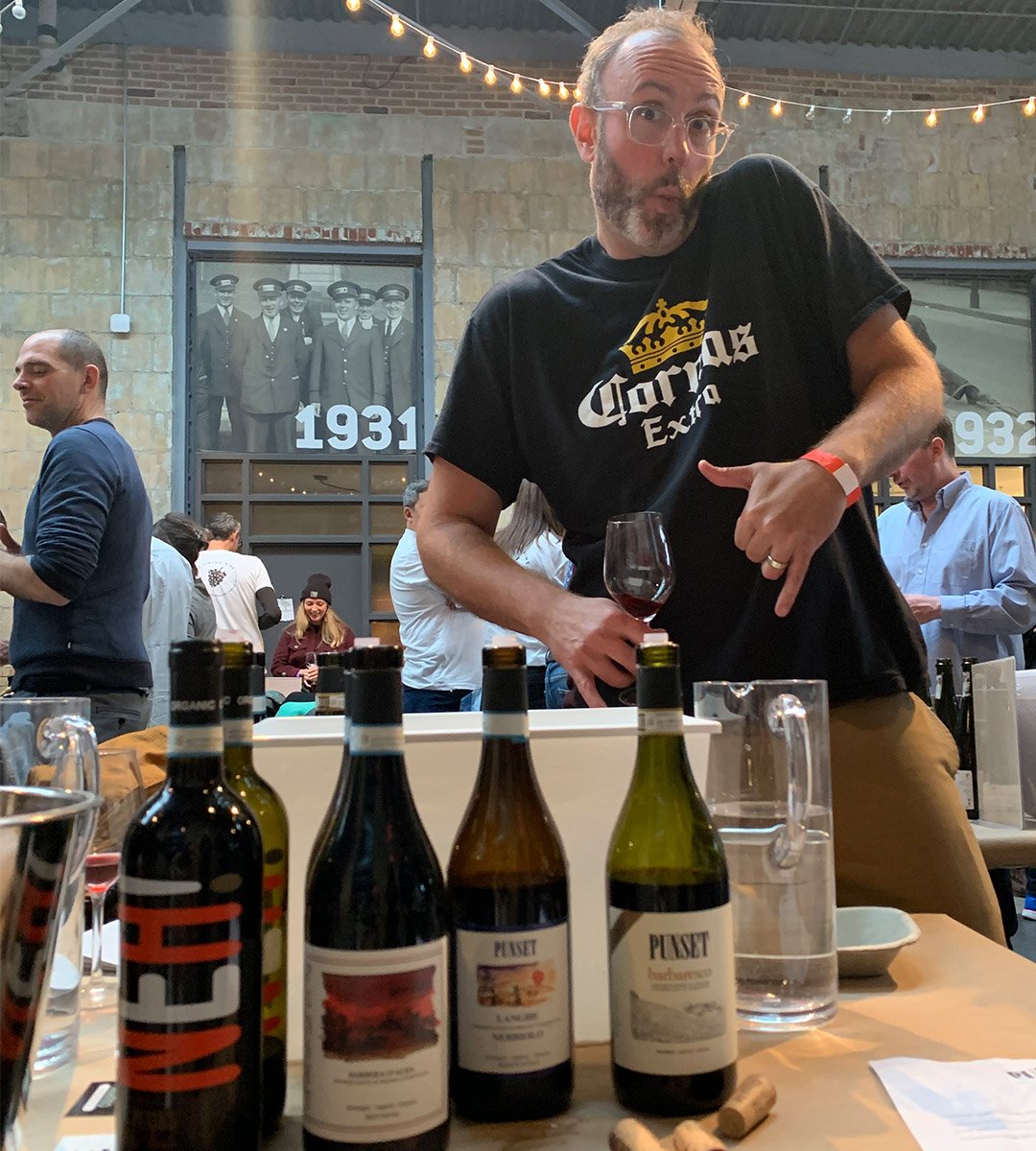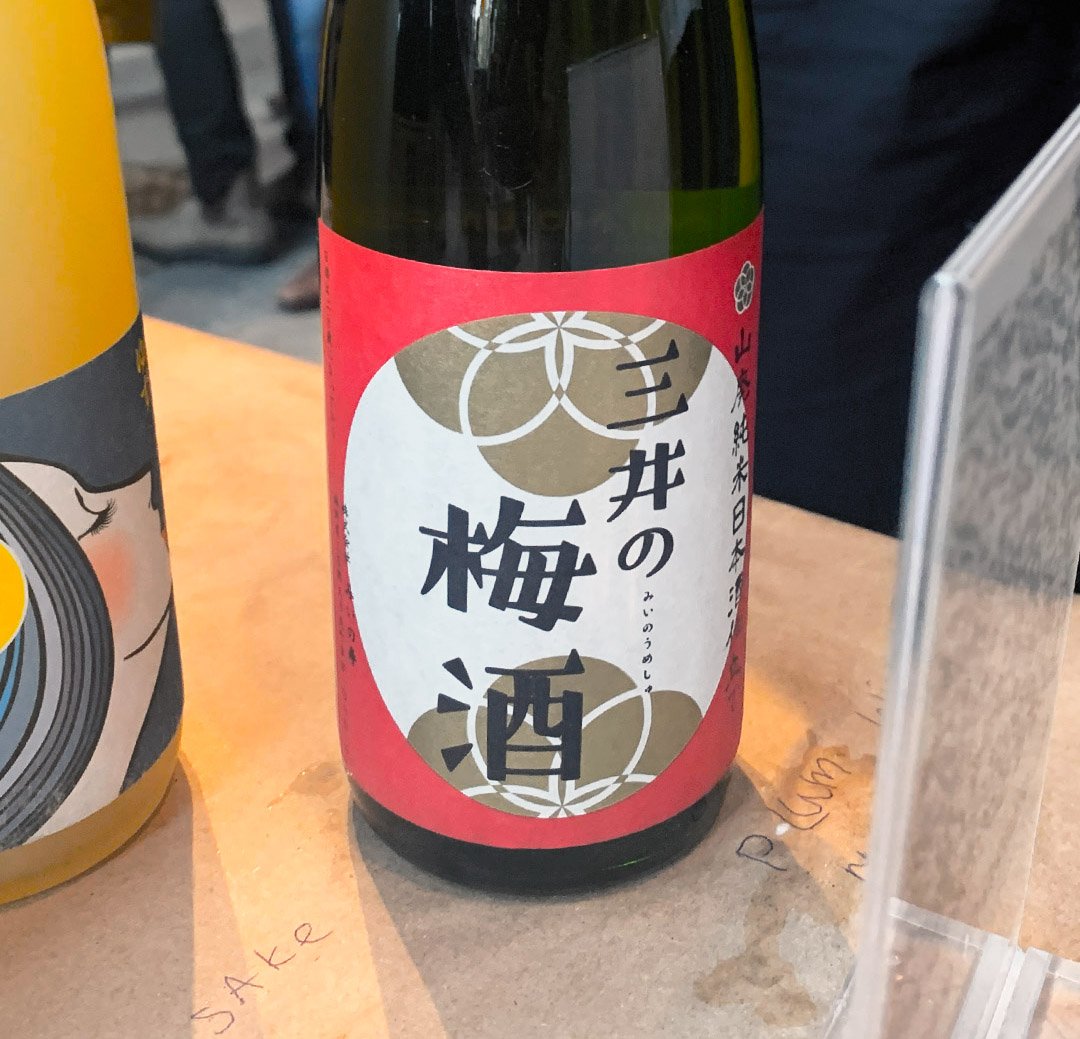RAW 2022: Natural Wine Fair Debuts in Toronto
This article contains an extended interview with Isabelle Legeron MW on the natural wine landscape at RAW Toronto 2022. A modified version was published on Canadian food and wine news site Good Food Revolution.
On 16 November 2022, the long-anticipated RAW Wine festival held its Toronto debut with over 70 natural wine growers at Artscape Wychwood Barns.
Standing near the registration table was Master of Wine Isabelle Legeron, founder of RAW Wine. She was taking a bite out of a warm pizza slice as I approached her, beaming at how well the event had turned out. Hundreds of media, trade, and consumers gathered under one roof, starry-eyed, to meet their favourite producers and make new discoveries.
RAW Wine Toronto 2022 at 11am
“We are here thanks to Mark Cuff from The Living Vine. He helped us find the venue, organize the logistics, and even bring in the wines from about ten growers who don’t have a representation,” Isabelle said.
Chapeau, Mark!
Mark Cuff from The Living Vine.
We discussed packaging and labelling, natural wine trends and legislative bodies, blind tasting, RAW’s plans in Asia, covering much ground. By 4pm, the venue was jam-packed and buzzing with energy, and RAW’s project manager Paola was already talking about expanding RAW 2023 into a two day event.
Now, you may be wondering… What is natural wine?
Isabelle shared her approach on this topic. To explain natural wine, first we would need to talk briefly about conventional wines.
Grapes that are used to make conventional wines are farmed without considering the wellbeing of the vineyard ecosystem. Throughout the conventional winemaking process, it is not uncommon to involve dozens of additives.
On the contrary, natural wine is a living wine made from 100% grape juice with as little intervention as possible.
“Natural wines come from a living vineyard, with an ecosystem and plenty of micro-biological life in the soil. There is a connection between the vine, the roots, and the soil around it. They communicate and translate the terroir into the wine,” explained Isabelle. “When you make the wine, you want to respect the living. A conventional wine that has been sterile filtered, with tons of sulfites added and brought down to a very cool temperature simply has no life.”
“There is a connection between the vine, the roots, and the soil around it. They communicate and translate the terroir into the wine.”
It was an honour to have Isabelle Legeron sharing her time and insights on a wine category that has grown from ultra-niche, to a trending category gaining mainstream appeal.
Isabelle Legeron MW, founder of RAW Wine World, photo courtesy of RAW Wine.
“I don’t think you can recognize [the evolution],” she said. “19 years ago, there was simply no natural wine scene.”
Indeed, the first wine fairs Isabelle organized attracted only most devoted natural wines distributors, importers, and sommeliers. However, as the market evolved and consumers started demanding natural wines, her events slowly attracted more trade members who – finally – decided to consider natural wines for their portfolios.
From a growers perspective, things have evolved as well. Driven by demand, more growers have been selling out their stock and putting wines on allocation.
“12 years ago, if you were a young producer in the Languedoc or the Roussillon starting out and making natural wines, it would be very hard to find a market,” she added. “Now, if you make good wines with good communications, and if you’re on Instagram and have nice labels, you will find a market. It is a different scene now, it is unrecognizable.”
“It is a different scene now, it is unrecognizable.”
This being said, natural wine is likely not everyone’s cup of tea. When I asked Isabelle how she would respond to the haters, she said, “Maybe it is not for them, and it is okay! The thing is, it is a very small market. I used to be a lot more evangelical. Now, if you don’t get it, you don’t get it. There is a style of wine for everyone. The market is for the people who are really passionate and love these wines. Not everybody likes Kombucha, and not everybody likes stinky cheese.”
Natural Wine Legislation
With more and more companies jumping into the natural wine bandwagon, growers in different countries have different approaches in holding themselves accountable by making sure their products reflect what they advertised. It is not uncommon to see groups of growers who would get together and create their own charter of quality.
“In Georgia, there is natural wine association with about 100 members who would self-police each other by visiting each other’s winery, that’s it. It is more of peer-to-peer approach,” said Isabelle. “We are working at the moment on a certification, because we believe we have a strict of charter of quality.”
Packaging & labelling
Speaking of labels, it is safe to say that natural wine producers are responsible for some of the most creative graphic labels in the market. What better way to communicate the wine by capturing the consumers’ imaginations? Yet, there have been discussions around label designs that have gone too far.
“I am completely against labels that showcase female parts, or are very sexists,” shared Legeron, who apparently requested a supplier to change their labels before approving them for RAW.
“I am completely against labels that showcase female parts, or are very sexist.”
Fleur Godart’s Putes Feministes (who did not come to RAW Toronto but were poured at RAW London) is an example of how political and radical natural wines has become. Despite their controversial labels, one may argue that supporting these brands is justifiable for a good cause. Fair enough. However, they might not be the most family friendly. Would you want your three-year old to be sharing at this on the dining table? Isabelle didn’t think so.
Personally, I find their labels wicked cool.
Putes Féministes, photo courtesy of @fleur_godart
Conversations around packaging materials have also developed throughout the years. Indeed, the visual appeal of many natural wines – bright-coloured liquid enclosed in transparent bottles – has attracted a new segment of consumers. Yet, very few consumers know that clear glass cannot be made from recycled glass. Fortunately, more producers are considering to replace transparent bottles with alternatives such as coloured glass bottles – not brown, blue, or green, – but in bright pink, orange, or even in funky cloudy colours.
Leo Uibel from Austria’s Weinhof Uibel in action at RAW Toronto, with a trendy wine bottle in his hand.
“If [the product] looks beautiful, it would sell. It is a bit of a shame, because we need to put the focus back on farming, which is the most important thing,” Isabelle said.
Natural Wine in Blind Tasting
Many wine professionals have been there. We step foot into tasting seminar with a flight of blind wines, only to observe that some of them display natty characters. Some loves them, others not so much.
Is it fair to include natural wine in a flight of blind wines? To Isabelle, it all depends on the purpose of the tasting. “When you [are judging for a wine competition and] have a line up of 20 Muscat , most of them would taste quite similar, but one would stand out. Those who get it would get it, but not everyone would. So I don’t think it serves a purpose,” she said. “If I am doing a seminar or a blind tasting, I do not ever do conventional versus natural. It is much better to have six natural wines blind.”
The Future of Natural Wines
The future of natural wines is looking bright. When I asked Isabelle which are the natural wine regions we should look out for in the next few years, Isabelle suggested paying attention to new growers coming out of Germany. “They have a very strict vision as to what wine is. Suddenly, you have all these new generation who decided to not follow their parents approach. For me, this is very exciting.”
The natural wine scene in Czech Republic and Slovakia also has an upheaval, and in the best way possible. For decades, the communist regime had confiscated vinelands. Not only had they lost their land, they had lost their ways of making wine. Now, as they have their lands returned to them, growers are rediscovering the heritage, and there is a wealth of wines out there ready to be explored.
“Suddenly, you have all these new generation who decided to not follow their parents approach. For me, this is very exciting.”
An unexpected region to watch for is Greece, a contemporary breeding ground for natural wines. “Greece is immensely diverse, but we haven’t really seen a lot of Greek natural wines, right? There is a Muscat that is grown on a volcanic island and made from very old vines, but they don’t press hard, so you don’t really get intense muscat-y notes. It is beautiful.”
After our meeting concluded, I went back to the exhibit with new insights, perspectives, and carried on with tasting wines from over 40 producers with a focus on France and Italy.
Below are some of the standouts:
A big congratulations to Isabelle Legeron, Paola Marazzina, RAW Wine, and agents for a successful fair. We look forward to seeing it expand into a multi-day event next year.
For more information on RAW Wine, click here.
Extended recap can be found on goodfoodrevolution.com




